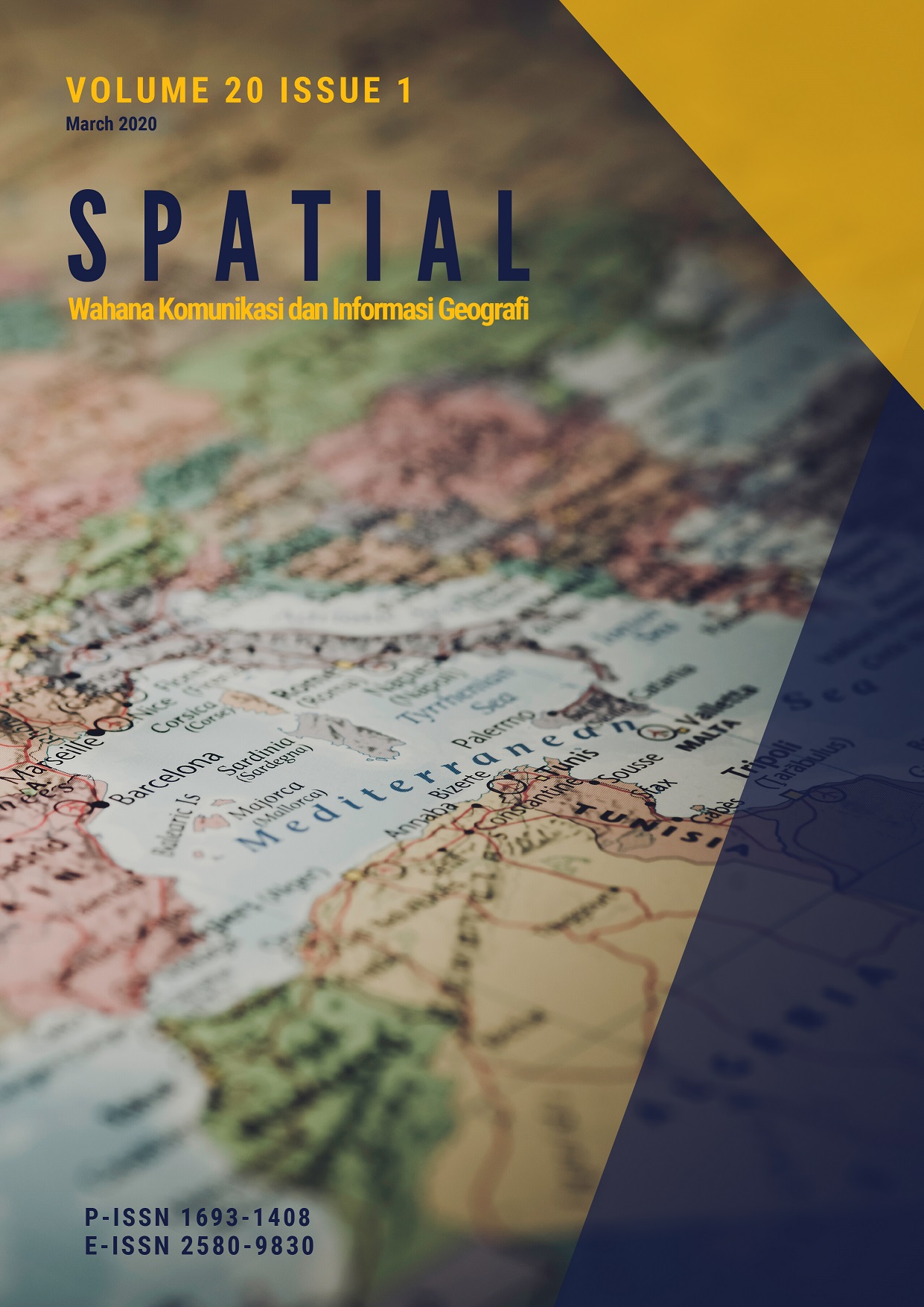Effectiveness of Blended Learning Model on Students Motivation and Competency Level In Meteorology Climatology Subject
Keywords:
blended learning, motivation, level of competenceAbstract
This study aims to see at student motivation arising from the application of the blended learning model, student competencies formed due to the application of the blended learning model, the effectiveness of the application of the blended learning model in increasing student motivation and competence in the meteorology climatology course, also providing references for the use of the model blended learning to other courses so that lectures can run effectively and efficiently. The method is a quasi-experiment method. The sample was student on their first semester in 2019 of the Geography Education Study Program in the Class of Meteorology Climatology.
The results of the study are as follows: 1) The application of the blended learning model in the Climatology Meteorology Course in Geography Education Study Program students influences student motivation in learning. 2) The application of the blended learning model in the Climatology Meteorology Course for Geography Education Study Program students increases the level of student competency. 3) The blended learning model is one of the effective learning models for increasing student motivation and competence. This can be seen from the formed student motivation and increased student competence. 4) The use of the blended learning model can be applied to other subjects as an alternative so that lectures can run effectively and efficiently
Downloads
Published
How to Cite
Issue
Section
License
An author who publishes in the journal SPATIAL Wahana Komunikasi dan Informasi Geografi agrees to the following terms:
Author retains the copyright and grants the journal the right of first publication of the work simultaneously licensed under the Creative Commons Attribution 4.0 License that allows others to share the work with an acknowledgement of the work's authorship and initial publication in this journal
Author is able to enter into separate, additional contractual arrangements for the non-exclusive distribution of the journal's published version of the work (e.g., post it to an institutional repository or publish it in a book) with the acknowledgement of its initial publication in this journal.
Author is permitted and encouraged to post his/her work online (e.g., in institutional repositories or on their website) prior to and during the submission process, as it can lead to productive exchanges, as well as earlier and greater citation of the published work (See The Effect of Open Access).
This work is licensed under a https://creativecommons.org/licenses/by/4.0/









